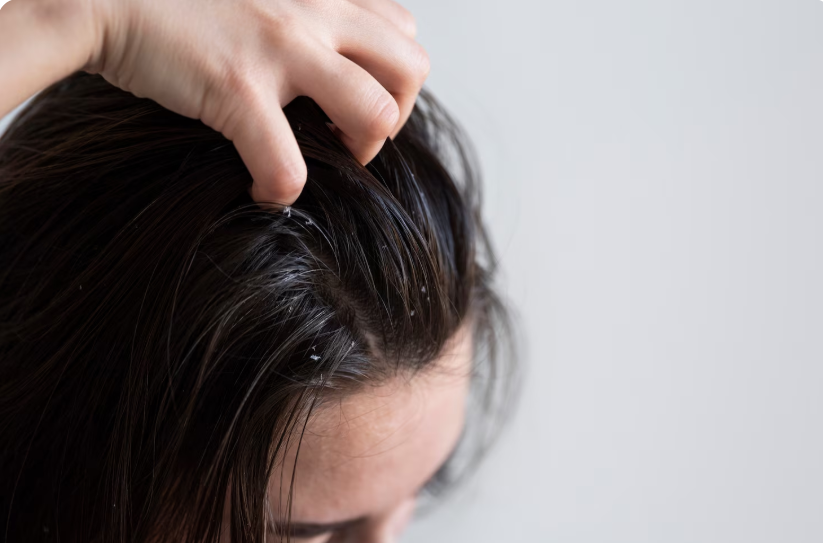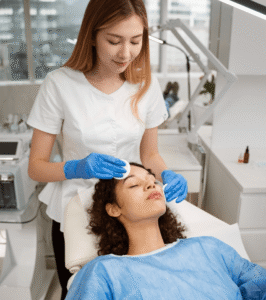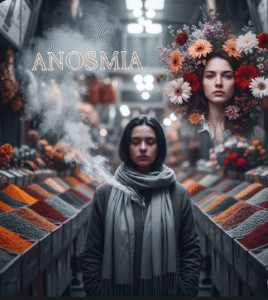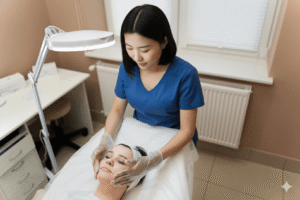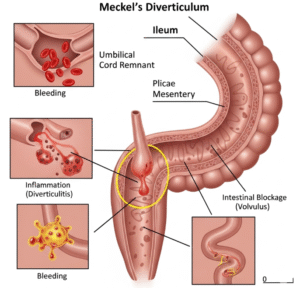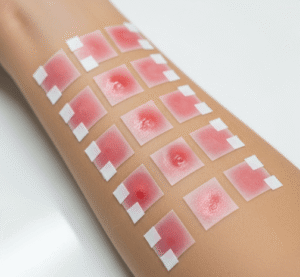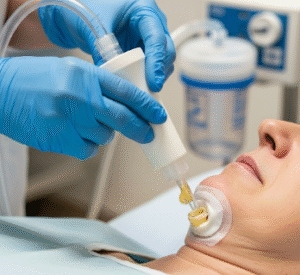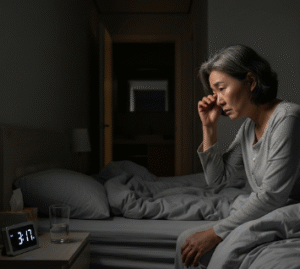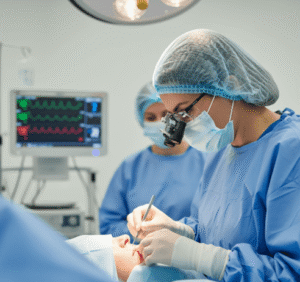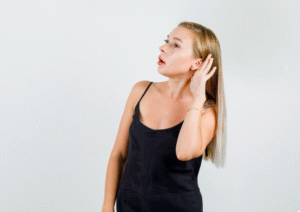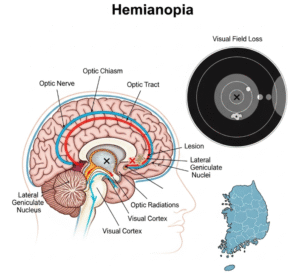Overview
Head lice are tiny parasitic insects that infest the scalp, causing itching and discomfort. In Korea, head lice infestations are most common among school-aged children, though outbreaks can occur in households and community settings. With proper detection, treatment, and hygiene measures, infestations are easily managed.
What is Head Lice?
Head lice (Pediculus humanus capitis) are small, wingless insects that feed on human blood. They do not transmit diseases but can cause significant itching, irritation, and secondary infections from scratching. Infestations are highly contagious, spreading through direct head-to-head contact or sharing personal items like combs and hats.
Symptoms
- Intense itching on the scalp, especially behind the ears and at the nape of the neck
- Visible lice or nits (lice eggs) attached to hair shafts
- Red bumps or sores on the scalp from scratching
- Irritability or difficulty sleeping due to itching
- Inflamed or secondary bacterial infection in severe cases
Causes
- Direct head-to-head contact with an infested person
- Sharing combs, hairbrushes, hats, towels, or pillows
- Close contact in schools, daycare centers, or crowded living conditions
Risk Factors
- Children aged 3–12 years attending school or daycare
- Living in close or crowded environments
- Poor awareness of lice prevention
- Sharing personal hair care items with infested individuals
Complications
While head lice are not dangerous, untreated infestations can lead to:
- Persistent itching and discomfort
- Secondary bacterial infections due to scratching
- Social embarrassment or psychological stress
- Sleep disturbances from irritation
Prevention
- Avoid head-to-head contact during play or group activities
- Do not share combs, hats, hair accessories, or pillows
- Regularly inspect children’s hair for lice and nits
- Tie long hair back in schools or daycare settings
- Maintain proper scalp hygiene
Treatment Options in Korea
In Korea, treatment focuses on eliminating lice and preventing re-infestation:
- Topical pediculicides:
- Over-the-counter or prescription shampoos containing permethrin or malathion
- Manual removal:
- Fine-toothed combing to remove lice and nits, often recommended alongside topical treatments
- Home care:
- Washing bedding, hats, and clothing in hot water
- Vacuuming furniture and hairbrushes
- Follow-up treatment:
- Repeating topical treatment after 7–10 days to target newly hatched lice
- School and public health measures:
- Korean schools provide guidelines to prevent outbreaks and educate parents
- Specialized clinics:
- Dermatology clinics in hospitals such as Seoul National University Hospital, Samsung Medical Center, and Asan Medical Center offer guidance, treatment, and counseling for severe or recurrent infestations
With prompt and proper treatment, head lice infestations in Korea are easily resolved, and recurrence can be minimized with preventive hygiene practices.

